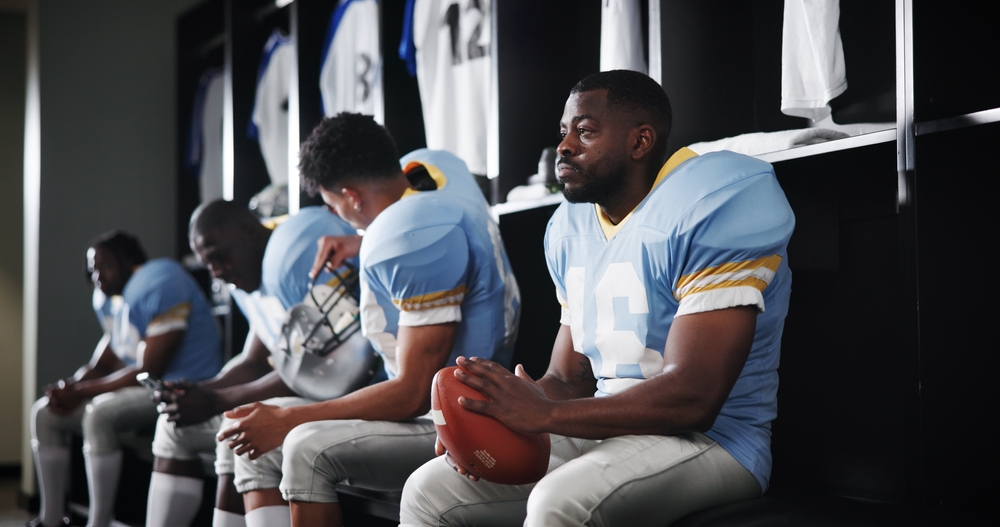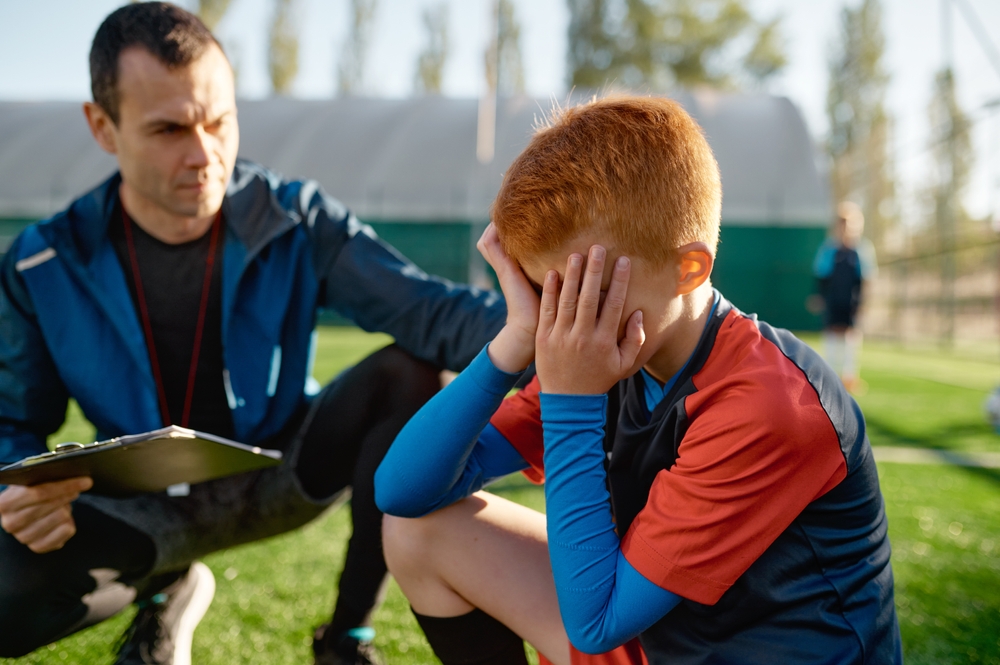
Signs Your Athlete Might Be Struggling Mentally (And How You Can Help)
0
40
There’s nothing like the fire in an athlete’s eyes when they’re dialed in. Focused, powerful, unshakeable. But sometimes, behind the game face, something deeper is happening. I’ve seen it countless times: talent is there, the work ethic is there, but confidence in athletes starts to slip. And often, it’s a sign of mental or emotional strain.
Let’s get this out of the way first: every athlete, no matter how elite, faces mental health challenges. It doesn’t mean they’re weak. It means they’re human. Pressure, expectations, and relentless training schedules can take a toll. That’s why spotting the subtle clues of burnout, anxiety, or dwindling confidence is so crucial, so we can step in before things spiral.
The Silent Drop in Confidence in Athletes
Confidence isn’t just swagger on the field or court. It’s the invisible fuel that powers risk-taking, creativity, and resilience under pressure. When confidence in athletes starts to waver, it often looks like hesitation, second-guessing, or playing it safe.
One day you’re performing with power and freedom—the next, every move feels tentative. Mistakes suddenly feel like failures, and you start playing not to lose. If that sounds familiar, it’s not about talent—it’s about mindset. That shift is a signal, not a flaw. It’s time to reset, refocus, and lean into support that helps you play boldly again.
This is where we have to zoom out and look at the impact of a high-performance environment. While high standards drive excellence, they can also breed fear if there’s no room for mistakes, rest, or genuine conversations about mental health.

Not All Struggles Are Loud
Here’s the tricky part: many athletes become masters at hiding how they’re really feeling. They’re conditioned to push through pain, smile for the team, and keep it together. So, how can you tell when something deeper is going on, beyond normal performance stress?
Sometimes it’s subtle:
A once-chatty athlete suddenly goes quiet.
The player who used to love practice starts dreading it.
The intense competitor seems emotionally flat, like they’re just going through the motions.
You might also notice physical signs—trouble sleeping, changes in appetite, or even a rise in unexplained injuries. That’s because the body and mind are in constant conversation, quietly working to keep things in balance.
These aren’t just signs of low motivation or lost focus. They’re red flags—signals that the athlete may be carrying more than they know how to process. And when we dismiss it as just a “confidence thing,” we risk missing the bigger picture. Pushing through without pause doesn’t build resilience—it breaks it.
Let Them Engage in Their Emotions
One of the biggest myths in sports, and in most high-performance spaces, is that emotions are a distraction. That you should bury them, bottle them up, or just “get over it.” But here’s the truth: experiencing emotions, especially in tough moments, isn’t weakness. It’s a normal response to things we care deeply about.
Emotions carry information. They tell us when we’re overwhelmed, disconnected, frustrated, or in need of support. The goal isn’t to erase those feelings. It’s to recognize them, name them, and work through them. That’s how we build athletes who aren’t just strong on the field, but resilient in life.
This isn’t about fixing emotions, it’s about creating space for them because that’s where growth, clarity, and real mental strength begin.
Conversations That Heal
Want to help an athlete you care about? Start by listening and asking. Open-ended questions are gold. Instead of “Are you okay?” try:
“You’ve seemed different lately. What’s on your mind?”
“How are you feeling about your training right now?”
“What can I do to help you?” or “What do you need from me?”
These questions give permission to be honest without fear of disappointing anyone. They also help you communicate better with your young athlete—and that applies whether you’re a coach, a parent, or a teammate.
Sometimes, just hearing someone say, “Hey, I see you’re struggling and it’s okay to talk about it,” can be a massive mindset boost.
Supporting Mental Wellness in Athletes
Once an athlete opens up, it’s not about jumping straight into performance strategies—it starts with building self-awareness, developing coping tools, and creating space for consistent mental work with a trusted provider. That foundation allows athletes to reconnect with themselves, not just their sport.
From there, we can layer in practical tools like:
Cognitive reframing – shifting how challenges are interpreted
Breathwork – helping the body and brain reset under pressure
Mindfulness, visualization, and intentional self-talk – to navigate high-stakes moments with clarity
This isn’t about building mental toughness—it’s about building the person within the player. When we support the whole athlete, performance follows.
The Role of Physical and Mental Synergy
When an athlete is struggling mentally or emotionally, it often shows up physically—tight muscles, low energy, disrupted sleep, or even injury. That’s because the brain and body are in constant conversation. Ignoring one affects the other.
This is where intentional movement—not performance training—can play a powerful role in healing. Things like yoga, walking, stretching, or mindful movement aren’t about getting stronger or faster. They’re about helping the nervous system downshift. Reconnecting with the body in gentle, low-pressure ways gives athletes space to process, breathe, and feel safe again in their own skin.
It’s not about pushing through. It’s about knowing when to pause—and giving athletes the tools to do just that.

The Pressure to “Be Fine”
One reason athletes don’t speak up sooner? They’re terrified of being seen as fragile. There’s this myth that mental health struggles mean they’re not cut out for the top. Here’s what I remind my clients daily: mental health isn’t a challenge, it’s something we train, just like the body. Some days, it’s about navigating a tough moment and using simple coping tools. Other times, it’s recognizing when things feel heavier and calling in more support. Either way, it starts with understanding that mental health is a part of everyday life, not a problem to fix, but a skill we strengthen.
Part of starting and sustaining success is normalizing that even elite performers have bad days, self-doubt, and fear. It doesn’t mean they’re failing. It means they’re human.
At TOPPS, we help athletes and high performers understand the similarities and differences between symptomatology and diagnoses, so they can spot when normal nerves tip into anxiety disorders, or when fatigue becomes genuine burnout. That education is crucial because it’s empowering.
Small Steps Toward Healing
Rebuilding confidence in athletes takes time. It might mean stepping back briefly from competition, working with a sport psychologist, or simply creating more space for rest and connection.
We teach clients how to reset their mindset in the moment and how to build long-term resilience so setbacks don’t feel like the end of the world.
At TOPPS, we offer sport psychology sessions, corporate wellness programs, and sport group sessions precisely because no one should have to navigate these challenges alone. Our mission is to help athletes and anyone in high-stress spaces feel strong, seen, and supported. Reach out today.
Discover the extraordinary power of healing and transformation. Get a copy of Hello, Trauma: Our Invisible Teammate today.






